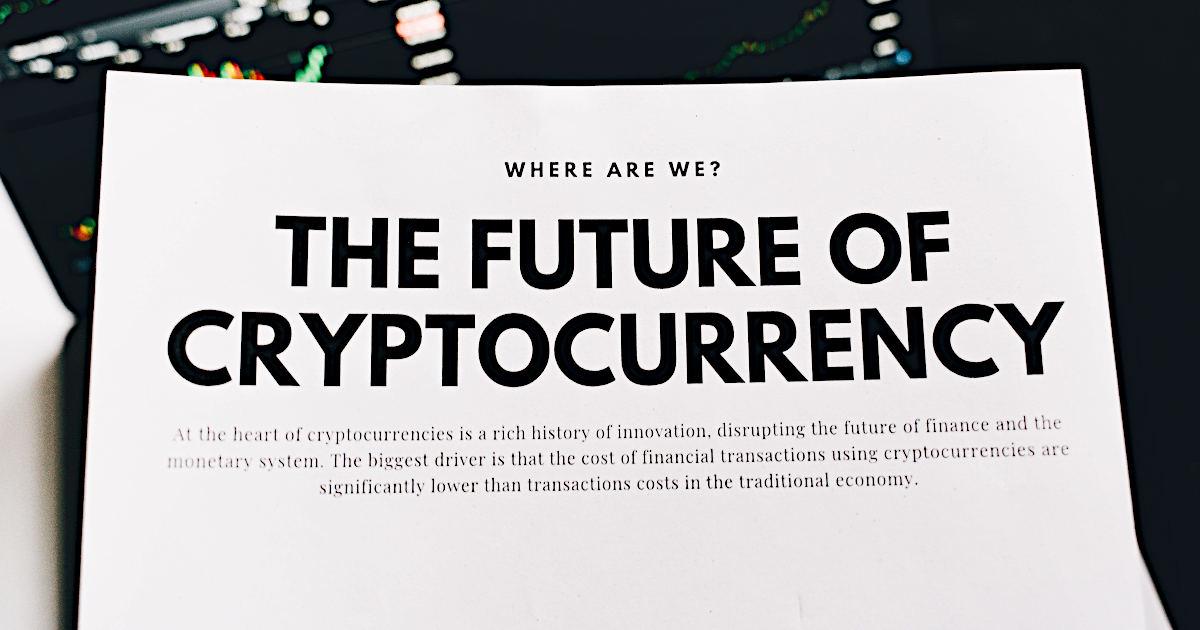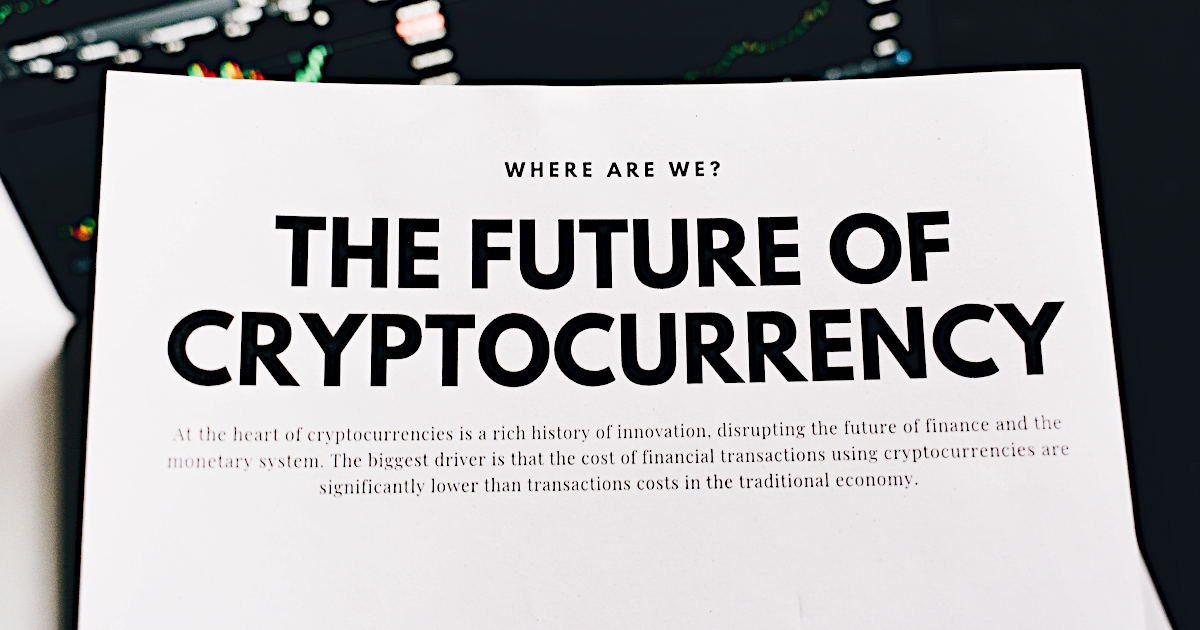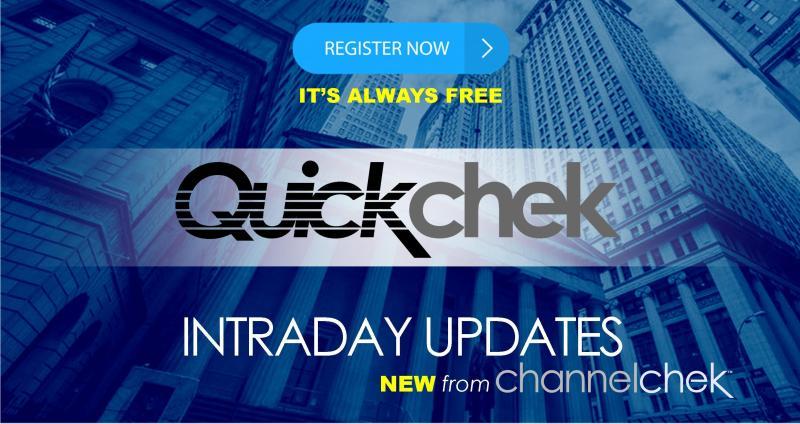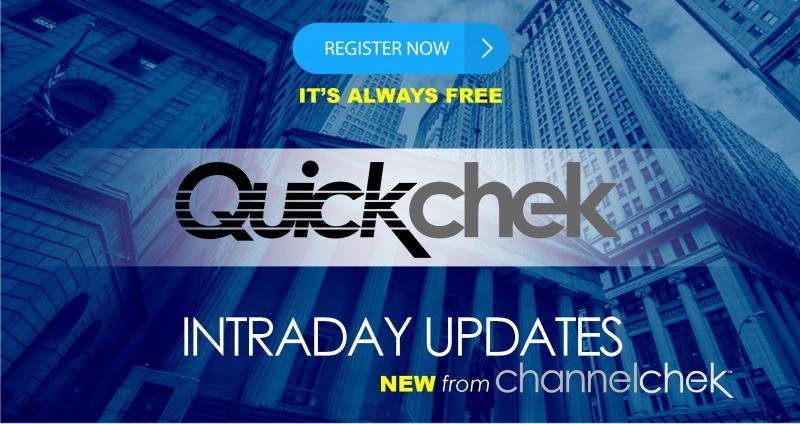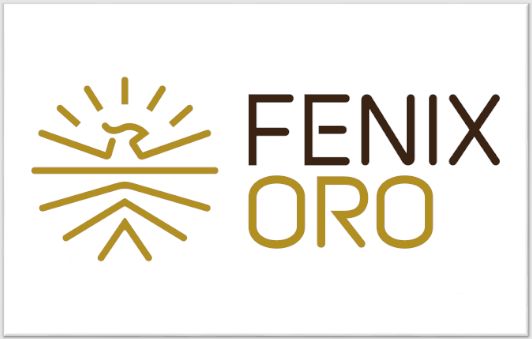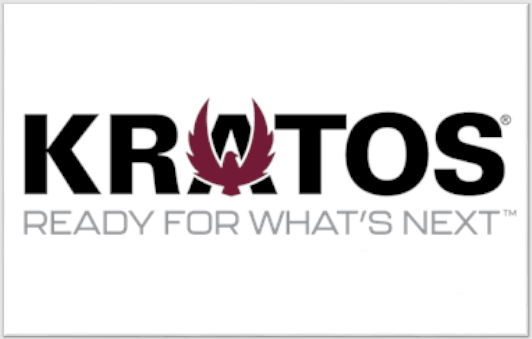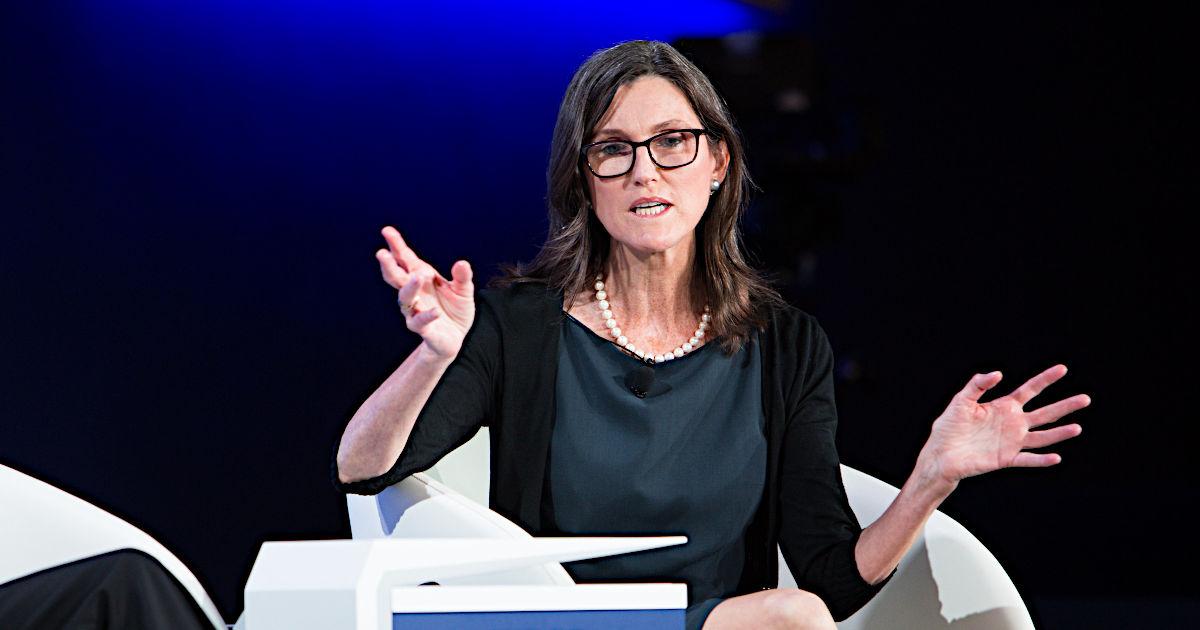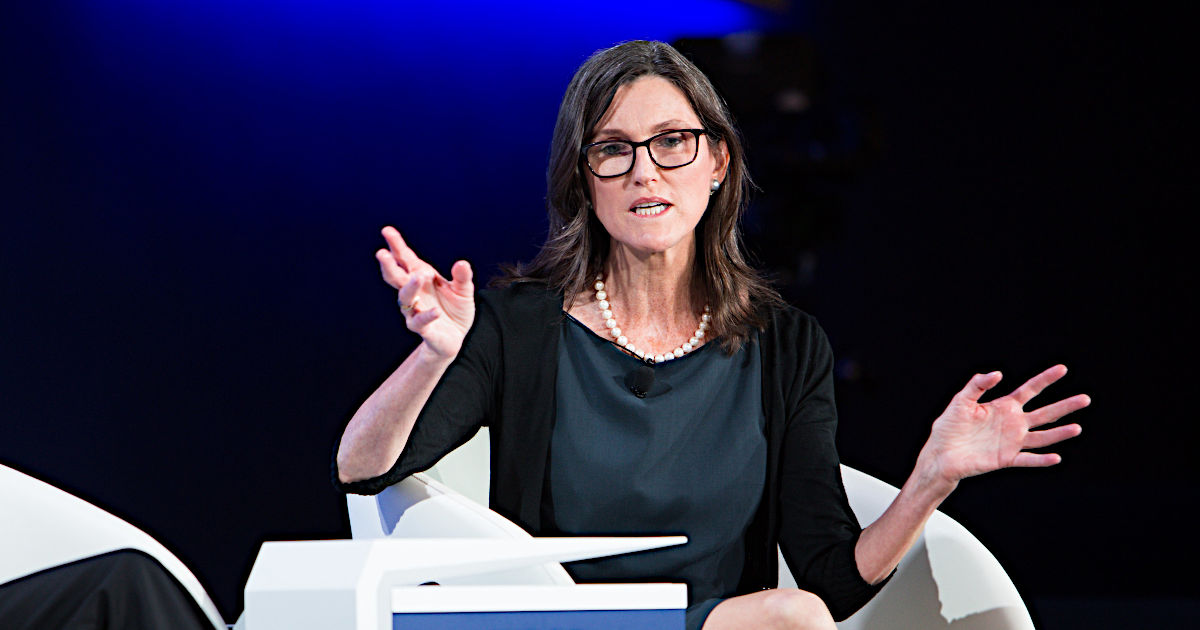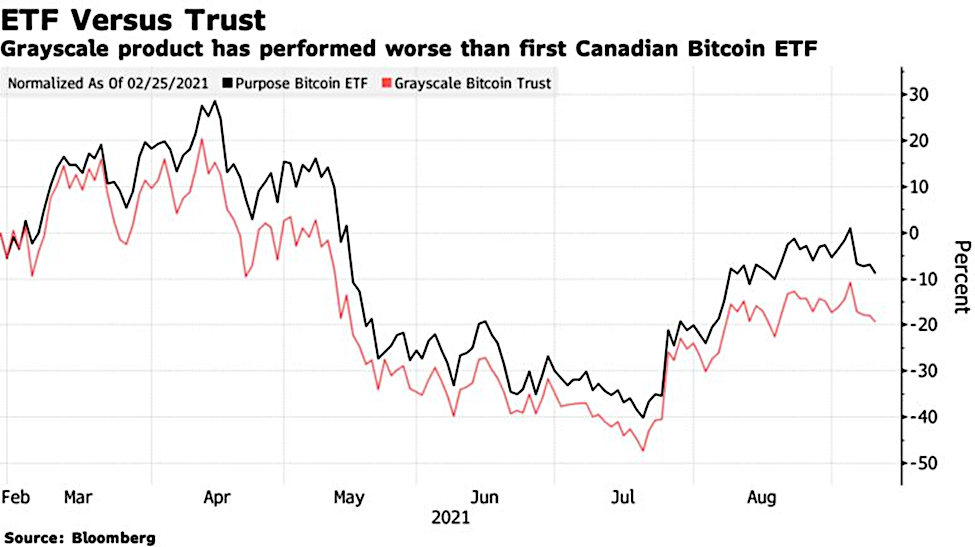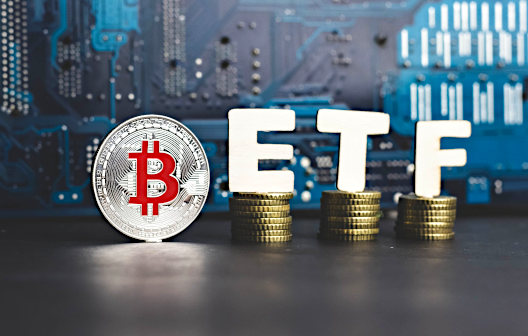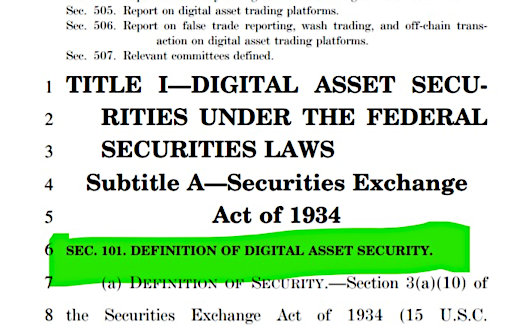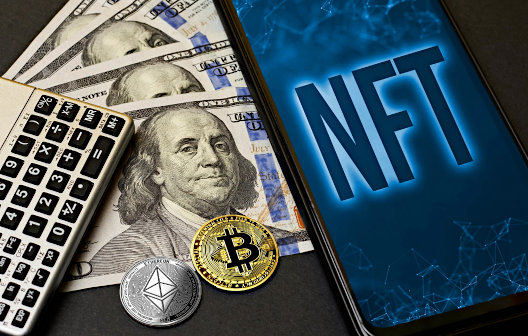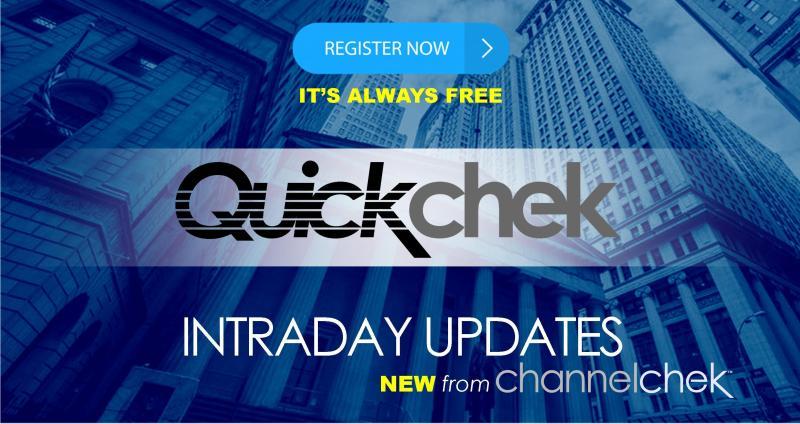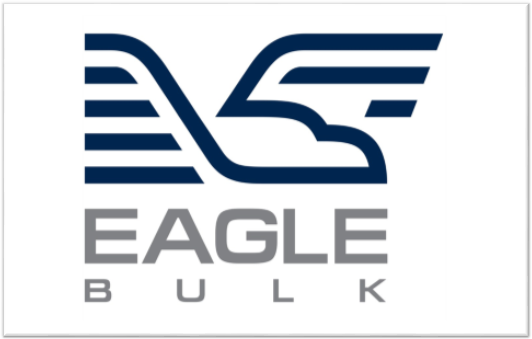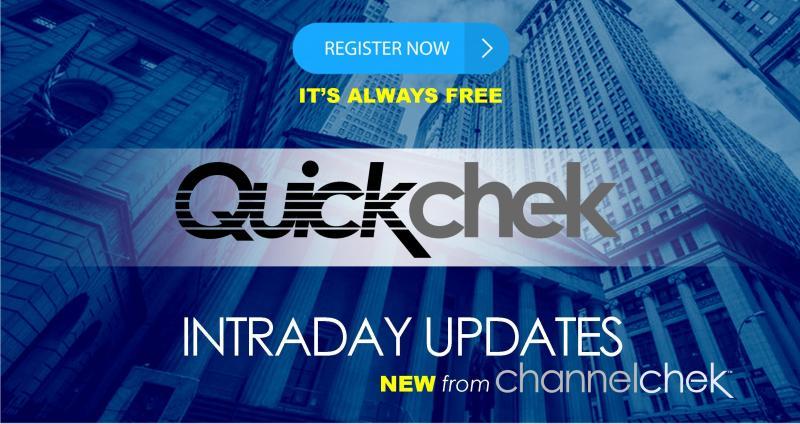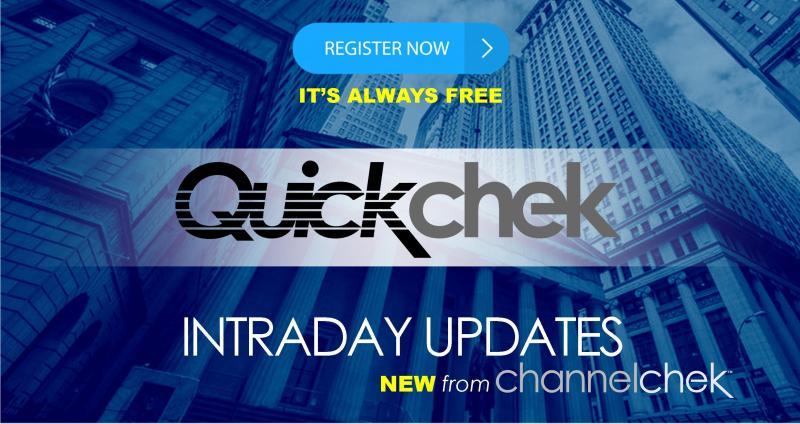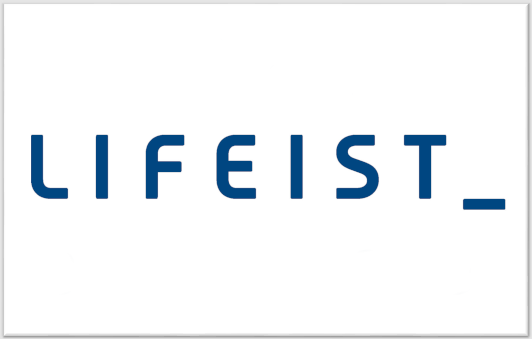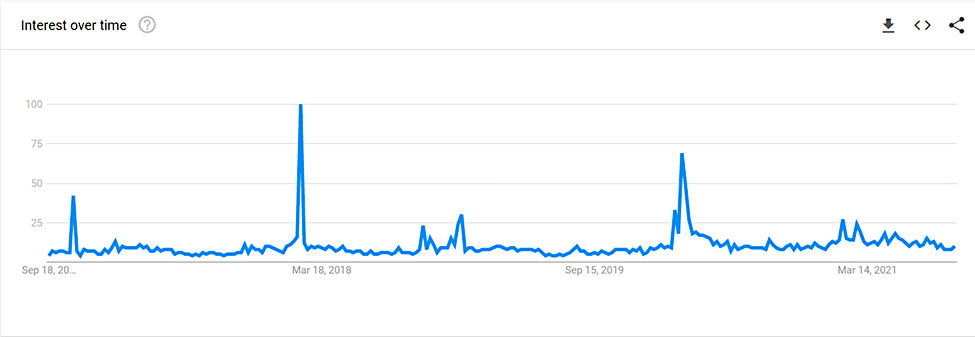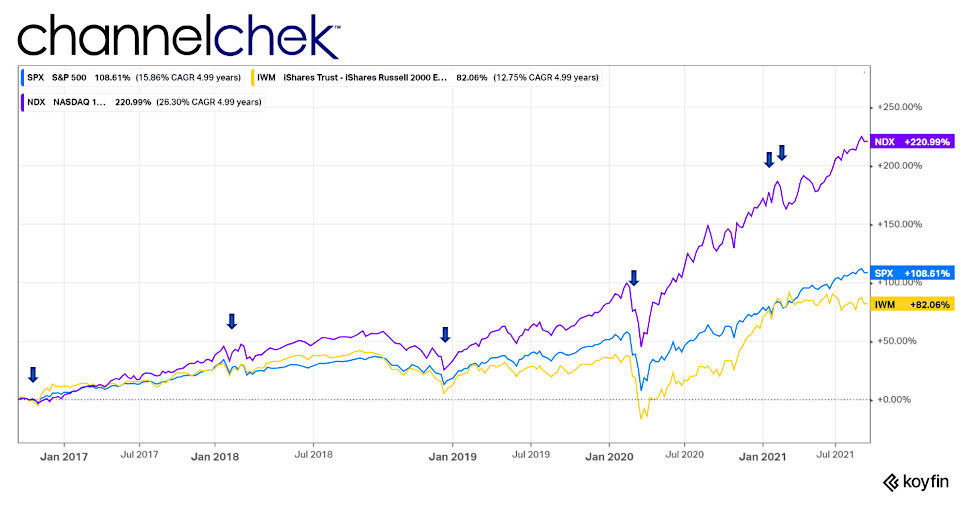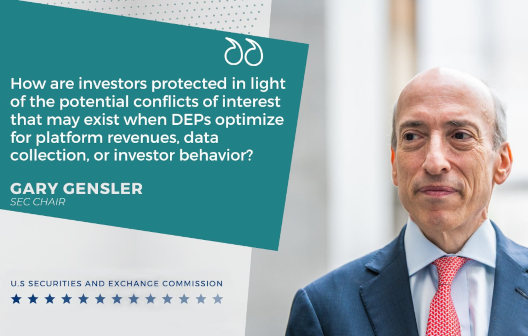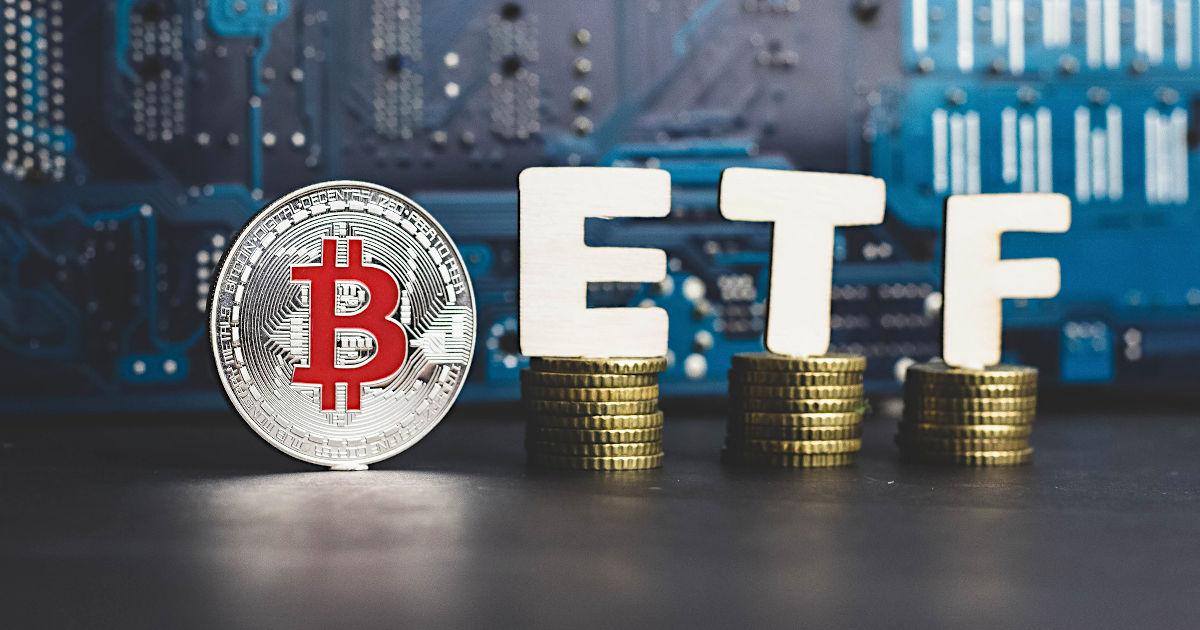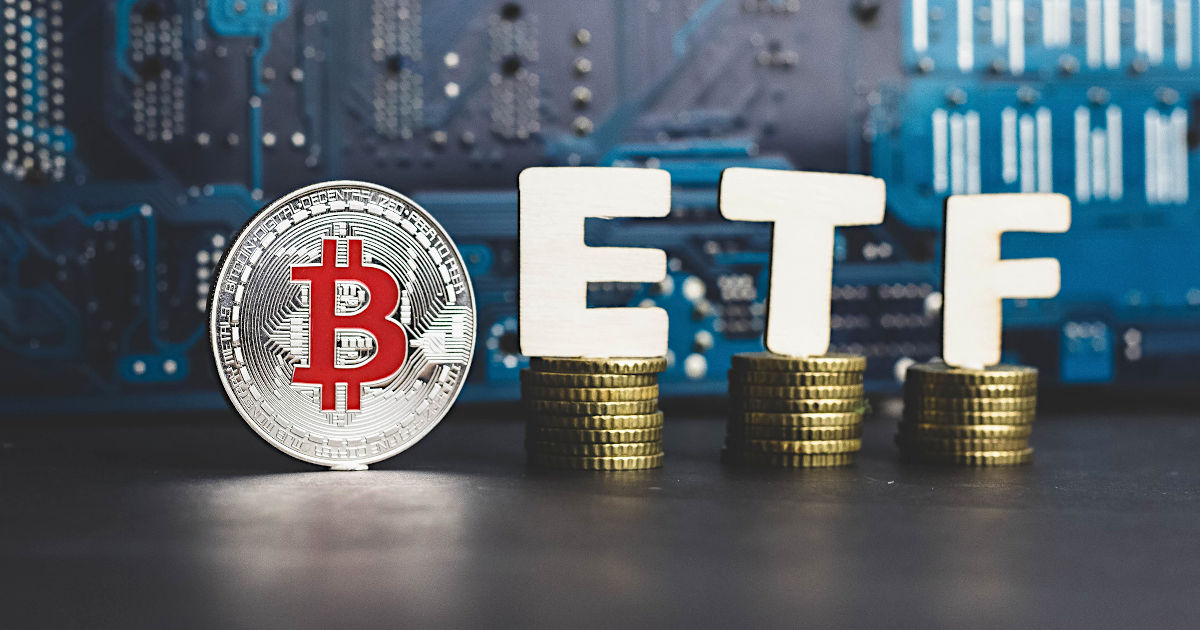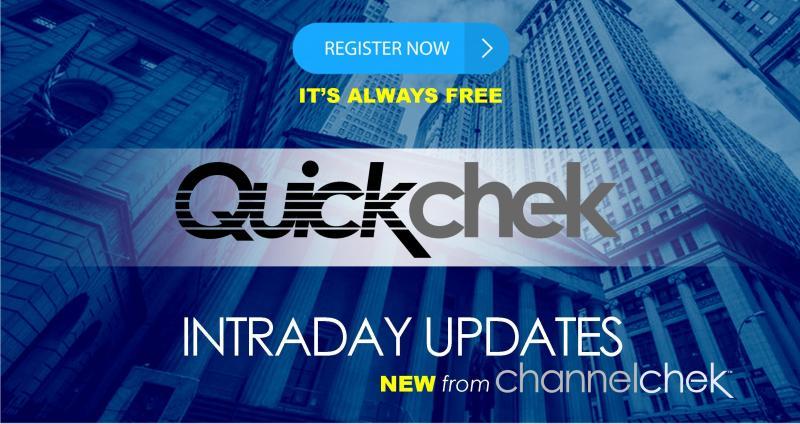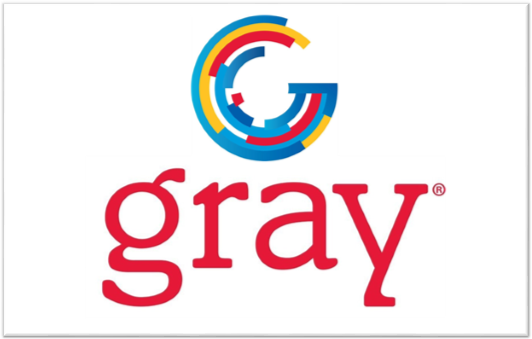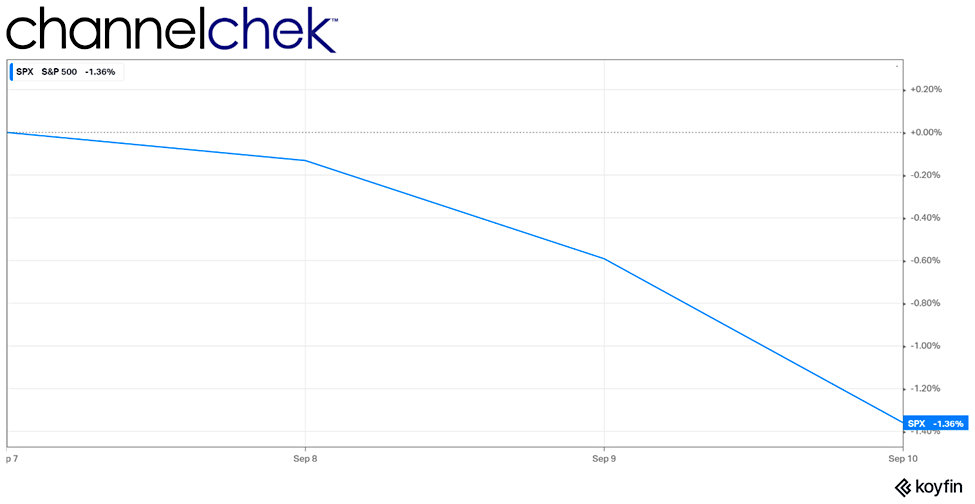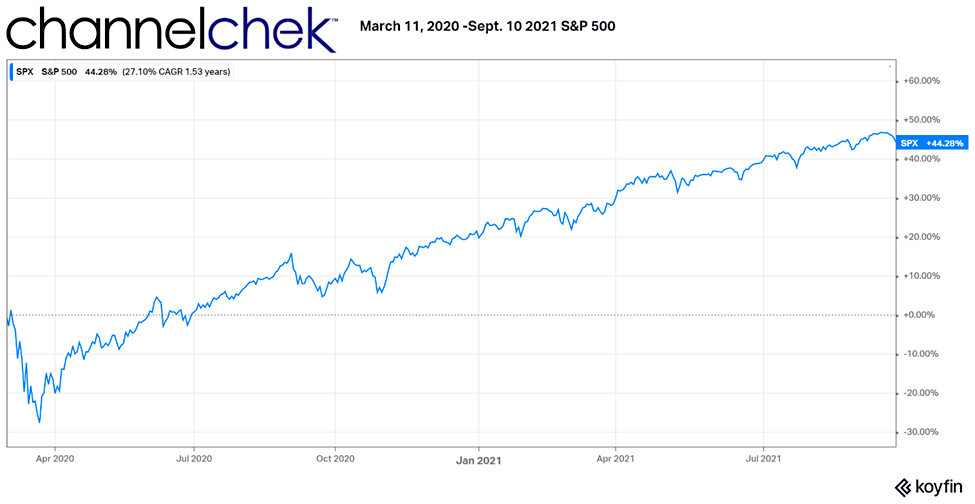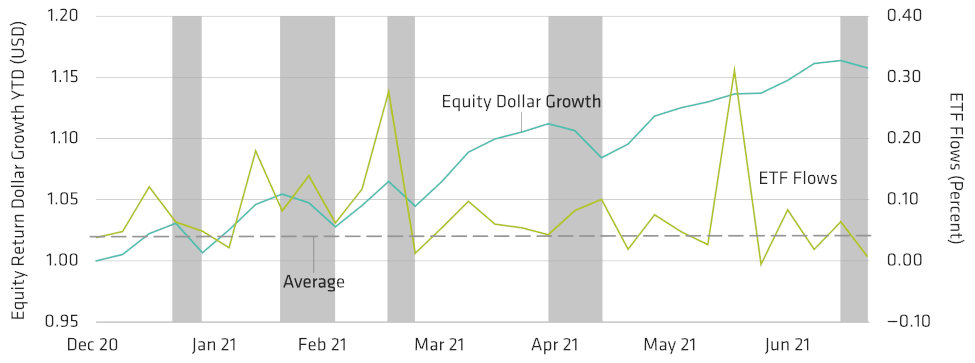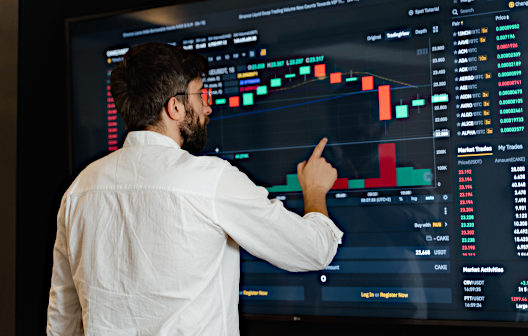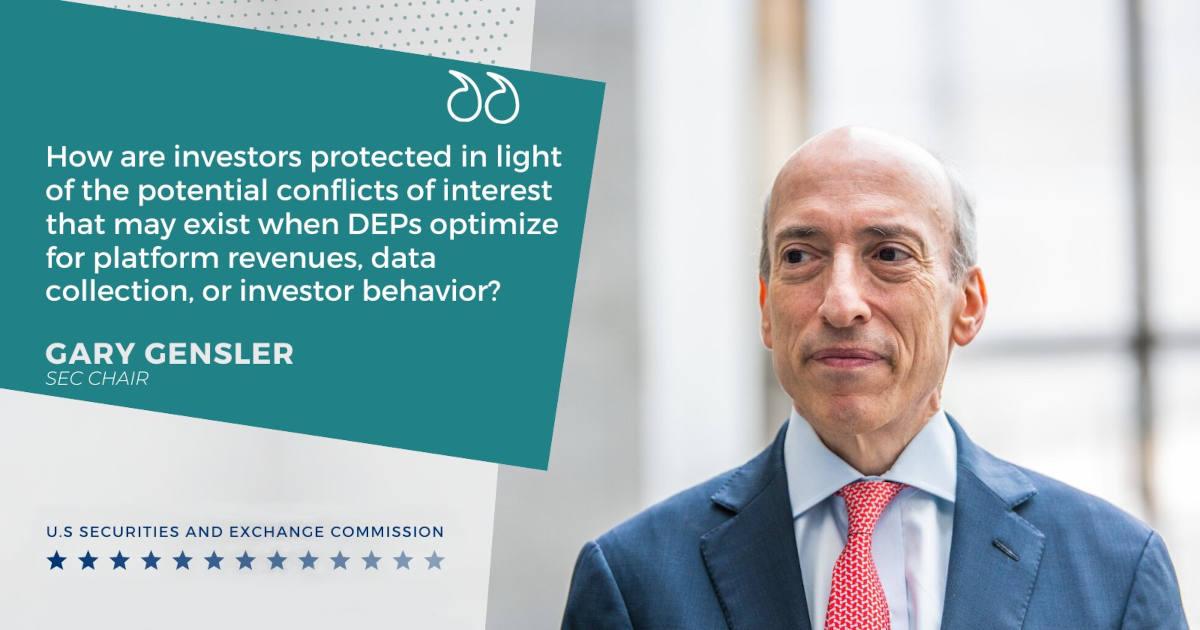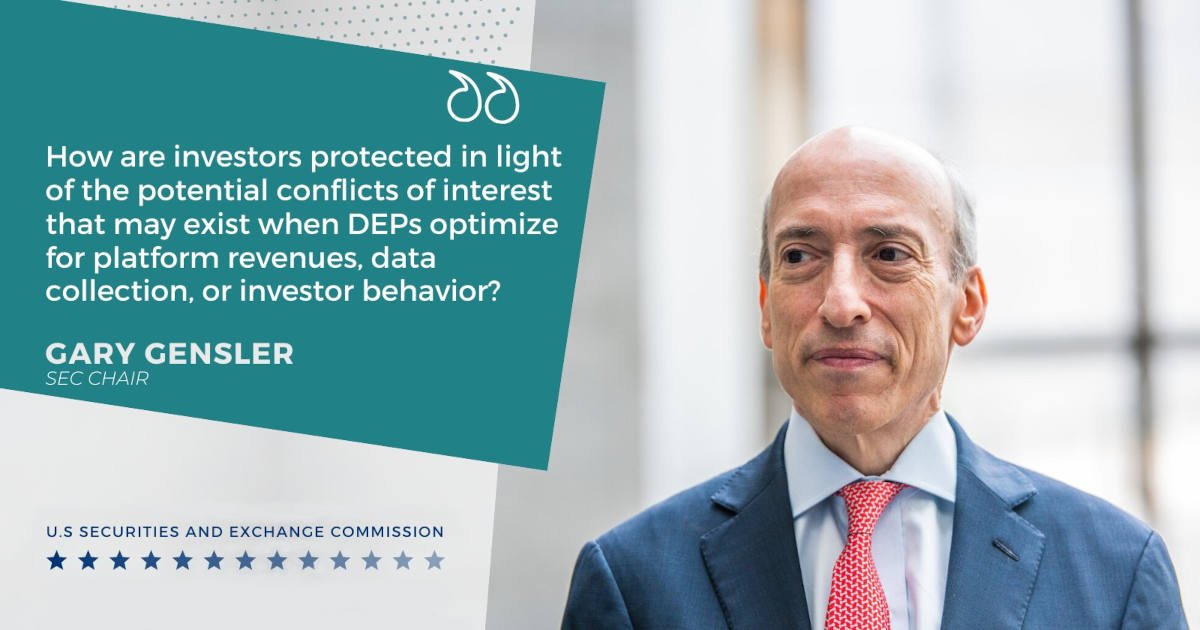Image Credit: Alesia Kozik (Pexels)
Is Coinbase Planning to “School” the SEC on Cryptocurrencies?
The largest cryptocurrency exchange in the U.S. is going on the offensive. Earlier this month, Coinbase was notified by the SEC it would sue the crypto exchange if it moved forward with a plan to provide users interest on crypto assets. Coinbase ($COIN) is now preparing to propose a regulatory framework for digital currency oversight to federal officials. It is likely to contain definitions as to where various coins fall in the spectrum of whether a coin-based asset is a security, currency, or something else. This is after Coinbase’s Chief Legal Officer, Paul Grewal, and CEO, Brian Armstrong, said the SEC had sent a Wells Notice to the exchange. The notice received in early September said it had concluded an investigation on the company and would sue Coinbase if it were to go forward with its plans.
SEC
Specific Findings
In determining whether or not Coinbase’s Lend program would violate securities laws, the SEC referred to two U.S Supreme Court precedents. The Howey case and the Reves case were the two cited. The full contents of the Wells Notice have not been made public, but it’s believed the SEC views cryptocurrency as securities, making the Lend program akin to securities lending much like stock lending or bond lending. Both stocks and bonds fall under the definition of securities and the lending and rebates rates are regulated transactions.
Coinbase History
Coinbase was a founding member of the Crypto Rating Council (CRC), which was created in 2019 to create a shared understanding of how closely any given cryptocurrency resembled a security. This framework was designed to standardize how exchanges approach crypto listings and products within the U.S. The Crypto Rating Council rated each coin from 1 to 5. A score of 1 referred to a currency that is not a security. A score of 5 indicated that a crypto-coin is a security. The CRC has not given a 5 rating to any coins.
This ratings initiative and scorecard were designed to be used by developers for future projects for evaluation and design. Coinbase published as open-source the technical framework for crypto developers last year. The idea was that projects that adopted the framework could ensure their cryptocurrencies would be technically suitable for Coinbase trading if approved for the platform.
SEC Crypto History
The U.S. Securities and Exchange Commission has been reviewing cryptocurrencies in order to develop a framework that protects investors and promotes fairness for those transacting in securities. Many still question whether cryptocurrency should be under its umbrella at all. The SEC Chair, Gary Gensler taught courses at MIT related to cryptocurrencies. In a YouTube video class from the Fall of 2018, Professor Gensler can be heard defining currency as having the following characteristics: Durable, Portable, Divisible, and Uniform/Fungible. Perhaps this class given at a prestigious school by the now SEC head will be included in the “schooling” Coinbase uses to propose regulatory standards.
Take-Away
Coinbase promoted its Lend as a means for investors to earn interest on their crypto holdings. Before implementation, the Securities and Exchange Commission warned that it would sue Coinbase if it went ahead with the plan. Coinbase is taking a proactive stance in laying out what it believes the appropriate regulatory framework would look like. This is expected to be released shortly. In the interim, cryptocurrencies and those active in the asset class are faced with much uncertainty.
One investor of innovation, Cathie Wood purchased 65,612 shares of Coinbase on Tuesday (September 21) for the
ARK
Innovation ETF (ARKK) she oversees. ARKK holds 4,254,756 shares of Coinbase in its portfolio with a market value of more than $1.01 billion.
Suggested Reading:
 The Wells Notice to Coinbase May be the Tip of the Iceberg
|
 Is Interest Paid on Crypto Holdings and SEC Violation?
|
 AMC Theaters Now Accepts 4 Cryptocurrencies
|
 What’s the Timeline for a U.S. Digital Currency?
|
Sources:
https://www.barrons.com/articles/coinbase-coin-crypto-regulatory-framework-51632305877?mod=hp_DAY_3
https://twitter.com/brian_armstrong/status/1435439291715358721?lang=en
https://www.banklesstimes.com/2021/09/22/coinbase-to-propose-crypto-regulations-to-u-s-officials/
Stay up to date. Follow us:

|
